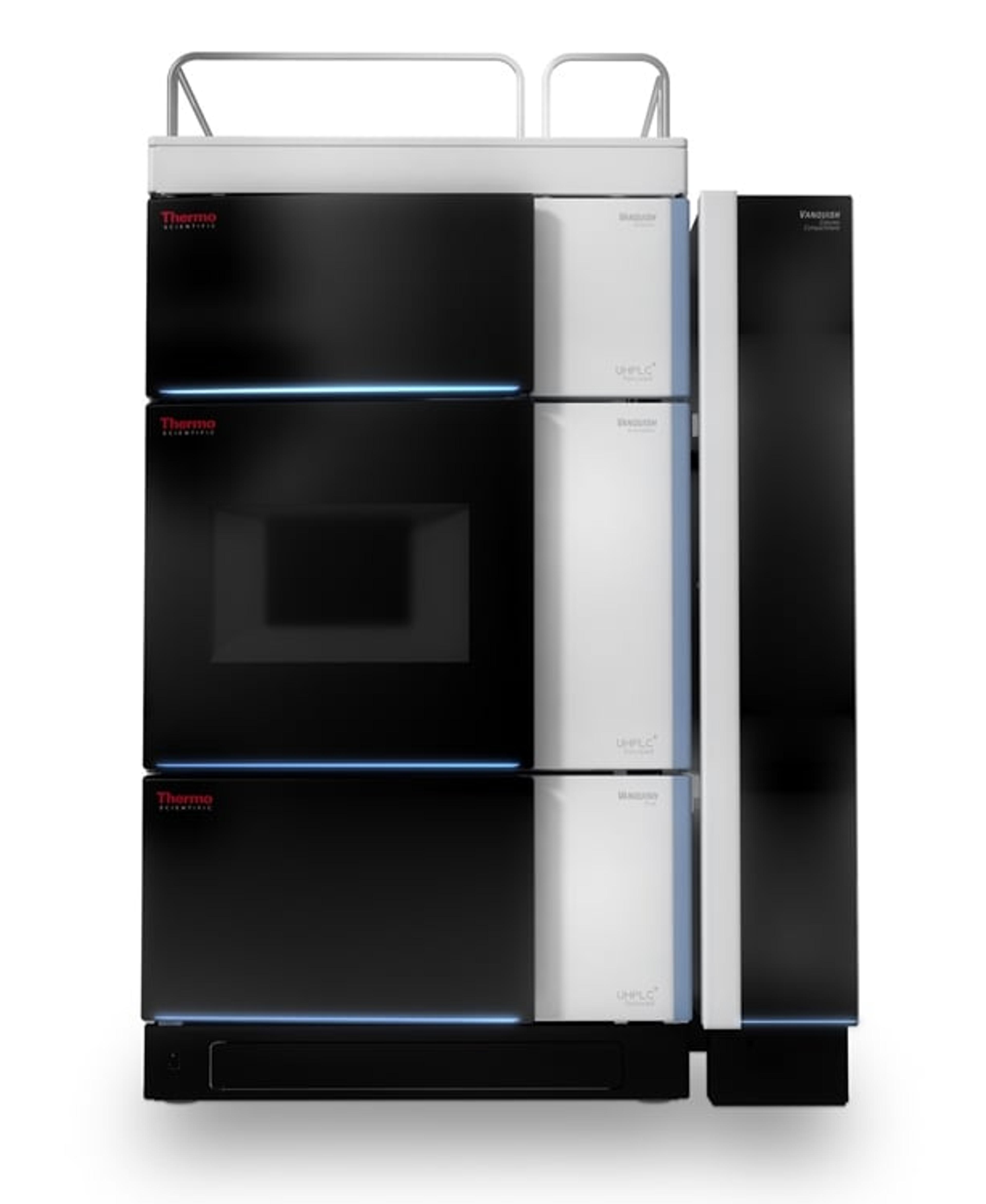High Salt Gradient Analysis of Post-Translational Modifications - Deamidation Monitoring
High Salt Gradient Analysis of Post-Translational Modifications - Deamidation Monitoring
23 Dec 2015This application shows an easy deamidation monitoring using the Vanquish Flex UHPLC system with UV detection. Therapeutic proteins have a major role in today’s medical treatment for a wide array of diseases. The diversity and efficacy of biotherapeutics makes them ideally suited for the treatment of various diseases such as rheumatoid arthritis, multiple sclerosis, and several types of cancer. Due to the complexity of biotherapeutics, they are prone to post-translational modifications that have to be characterized. One of the most common non-enzymatic post-translational modifications in therapeutic proteins is the deamidation of asparagine residues. It has been reported that deamidation can lead to allergic reactions as well as a reduction of the half-life, pharmacological dynamic, stability, or even a loss of the biological function. Thus it is crucial to characterize and control deamidation products in biopharma processes to ensure a high quality product.

